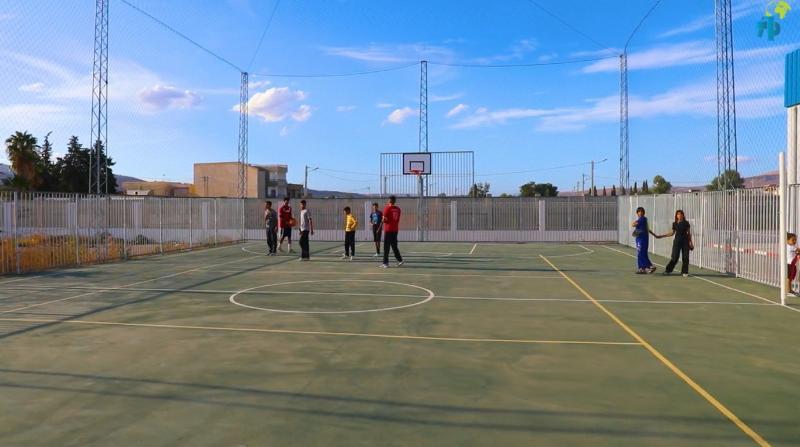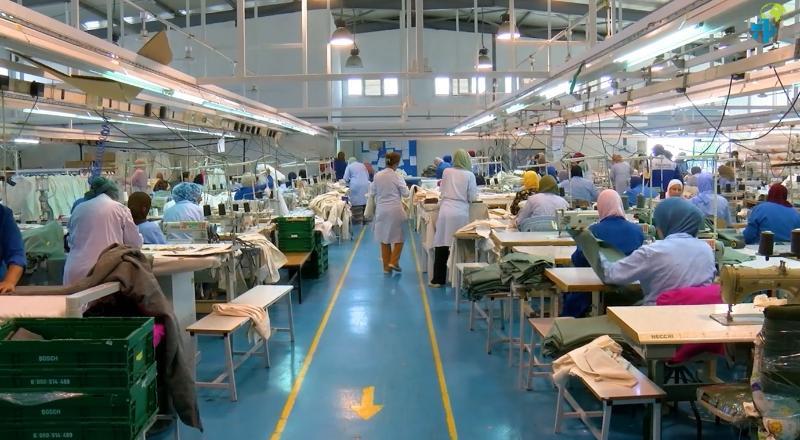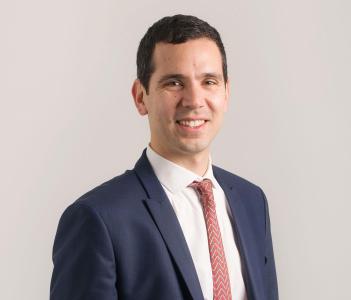Tunisia sets out to develop neglected working-class districts and turn them into thriving urban communities
In the town of Raoued, just north of Tunis, half-built structures line unpaved roads and residents do not always have running water or electricity. “Taxis don’t come here, and our children can’t always get to school,” says Abderrahmane Amamri, a resident. “In winter, we have to wear boots because of the mud. Imagine, we’re just two-three kilometres from the city, but we have nothing.”
Amamri’s experience reflects a wider problem that has plagued Tunis since 1942: Fast urbanisation has led to the rise of unsanitary, neglected urban areas. Tunisia identified 1 400 such neighbourhoods in 2012, following the 2011 Tunisian Revolution, which exposed deep social inequalities and fragmented urban landscapes.
“The contrast between modern city centres and spontaneously developed neighbourhoods underscored the lack of systematic urban planning,” says Gerry Muscat, who heads the Urban Advisory Division at the European Investment Bank. “Tunisia faced a dual challenge: the lack of decent, affordable housing and uncontrolled urbanisation.”
- Read more about this grain silos project that will help Tunisia improve food security
In 2012, the Agency for Rehabilitation and Urban Renewal launched the first Housing Neighbourhood Rehabilitation and Integration Programme, known by its French acronym PRIQH 1.
“We established 155 neighbourhoods, 52 facilities, such as youth centres, sport fields and cultural centres, and 19 activities installations, benefiting more than 864 500 residents,” says Ahmed Ezzeddine, president of the Agency for Rehabilitation and Urban Renewal.
The programme’s impact extends beyond improving basic services like public lighting, sanitation, and electricity. It includes essential sociocultural facilities aimed at fostering a sense of community and belonging, and basic home improvements.

Young people playing basketball in a new court built as part of the project in El Battah district.
Financing and economic impact
The €248 million programme was financed by the state, municipalities, and donor resources, including a €70 million loan from the European Investment Bank, €30 million from the French Development Agency, and a €61 million grant from the European Union.
“This was a pioneering Team Europe initiative in Tunisia and the region at that time,” says Basma Zouari, an urban development specialist at the European Investment Bank.
Christine Murmann, a textile entrepreneur, benefited from the programme indirectly. “The improved infrastructure and community facilities made the business more accessible and the area more liveable,” Murmann says. “We were able expand from 40 to 120 employees in our new industrial facility in Hamadi, and we hired primarily local women. Now they can pick up their children from nearby schools.”
The programme also dramatically transformed daily life, improving safety and accessibility. “Today the roads are developed and well-lit and the city has become very clean,” says Hayat Hammouda, a resident of the town of Bouchamma.
- Read about how the European Investment Bank invested millions in Morocco to help end water scarcity problem

Women working in a textile factory in Bouakroucha district, which was renovated as part of the programme.
Looking ahead
Building on the lessons learned from the first Housing Neighbourhood Rehabilitation and Integration Programme, the Agency for Rehabilitation and Urban Renewal introduced a second programme, PRIQH 2, in 2019, with €184 million in co-financing, including €77 million from the French Development Agency, €77 million from the European Investment Bank and a €30 million grant from the European Union. The programme, which was delayed by the COVID-19 crisis, is now being implemented.
“This phase aims to benefit 160 districts and about 800 000 Tunisians,” says Catherine Barberis, head of the European Investment Bank unit responsible for managing and monitoring projects in neighbouring countries. “It will focus on energy-efficient infrastructures and increased citizen participation in planning and design.”
- Read more about this grain silos project that will help Tunisia improve food security
Information video in French by the Tunisian Agency for Rehabilitation and Urban Renewal about the Housing Neighbourhood Rehabilitation and Integration Programme.
